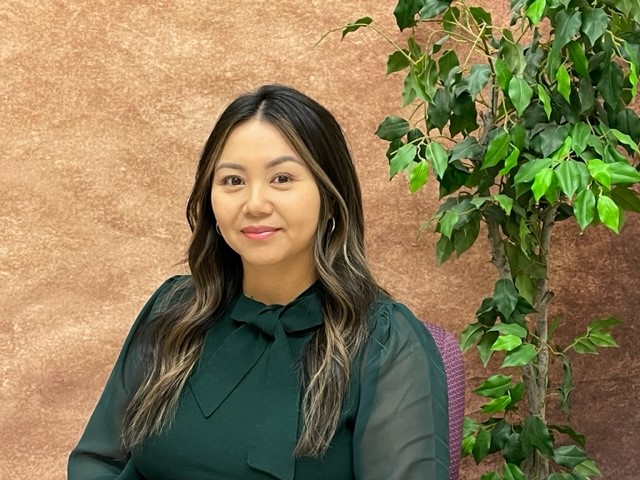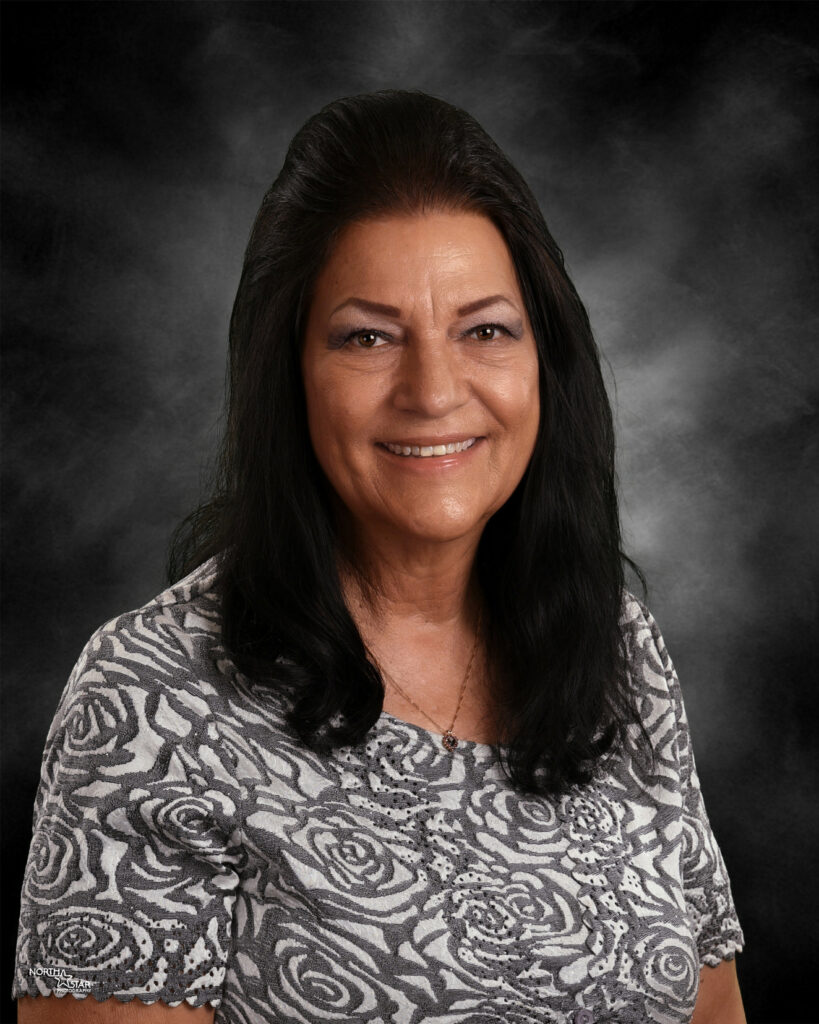
by Raul Clement
Literacy and Employment
When we talk about lowering unemployment, we’re not just talking about creating more jobs. We’re talking about a myriad of obstacles that need to be addressed.
One of the biggest of these is low literacy. According to a study by the Department of Education, 54% of adults in the U.S. lacked “literary proficiency.” Of this 54%, over one-third were unemployed. And the rest saw steep drop-offs in earnings. An individual who tested at Level 1 on PIACC, an internationally validated literacy exam, earned on average $34,000. Meanwhile, someone who tested at Level 3, the threshold for “proficiency,” earned $62,000, or nearly twice as much.
Employers need workers who can read and write well. It’s that simple.
English-Language Fluency in Madera County
Low literacy is not just the result of poor schooling. In communities with large immigrant populations, like Madera County, California, low literacy may stem directly from lack of fluency in English. Over 13% of Madera’s immigrant population report speaking English “not well” or “not at all.” Even if they may be well-educated in their native language, in the context of their new country they are illiterate.
The Madera County Workforce Development Board has come up with an innovative way to address this. Since 2016, their operations have been co-located with the Madera Adult School at a one-stop facility known as the Madera Workforce Assistance Center. While most workforce boards partner closely with local schools, their physical locations may be miles apart. In Madera County, this distance is mere feet.
Maiknue Vang, deputy director of the Madera County Workforce Investment Corporation, the non-profit arm of the Workforce Assistance Center, believes this proximity has paid huge dividends.

Madera County Workforce
Investment Corporation
“Because we’re co-located, we can walk a participant over versus doing an electronic referral and potentially losing that person as they leave our center.”
This “warm handoff,” as she refers to it, has increased enrollment in key programs offered by Madera Adult School. Among these programs are Adult Basic Education, English as a Second Language, and the High School Equivalency Test, also commonly referred to as ABE, ESL and HiSET.
“Prior to 2016, we had minimal enrollments,” Vang says. “We did referrals, but we were at separate locations. We had some enrollments in the HiSET classes, but we didn’t have any enrollments in English as a Second Language or Adult Basic Education classes. Just the following year, once we were co-located, our numbers went from 74 to 112. We truly believe that’s because there was more deliberate effort to be able to walk someone over and not lose that student.”
A Two-Way Street
Shirley Gregory, principal of Madera Adult School, has also seen the benefits of co-location. Not only is it easier for the Workforce Investment Corporation to refer students to Madera Adult School, but it’s easier for Madera Adult School to help students access other services they may need. In addition to the Madera Adult School, there are several other partners co-located at the Workforce Assistance Center. These range from the Department of Social Services to the Department of Rehabilitation. Madera Adult School instructors work closely with students to make sure they understand their needs and challenges.

Madera Adult School
“When our teachers have a new student come into class, they are required to sit down with the student and try to learn as much as they can,” Gregory says. “Depending on what that student tells us, we may refer them to the workforce center for, say, bus tokens. If they need some type of financial help, the workforce center has other partners that they work with. Those partners can offer monetary aid or help with the PG&E bill this month.”
This is especially helpful given Madera County’s demographics.
“It’s really been good because our community is a very low socioeconomic environment. It’s really helpful when our students come in, or when their clients come in, that they don’t have to travel all over Madera. They can get almost any type of need they have met here.”
A Student’s Perspective
One student who has experienced firsthand the benefits of co-location is Sandra Cabrera. She is currently co-enrolled in ESL and HiSET classes, which she began in 2020 after realizing that as a non-English speaker, many career paths would be closed to her. It was also important for her to get a high school diploma. This is another way Madera County Workforce Development is unusual: local policy requires that individuals have a high school degree in order to be placed with an employer through Title 1 Workforce Innovation and Opportunity Act funded programs.
Sandra has completed three out of five HiSET tests. She has studied everything from science to algebra to computer classes. She has even received information about job fairs, immigration and career options once she completes the HiSET.
“It’s difficult, if not impossible, to learn about things like immigration if you don’t speak the language,” Cabrera says. “The Adult School has been very helpful for that.”
When Sandra completes the program, she hopes to take the Child Development Course at Madera Community College and become a preschool teacher. “These classes help people like me advance ourselves in this country and contribute through our work.”
A Holistic Approach to Unemployment
Treating unemployment in this country as a singular problem misses the bigger picture. Obstacles ranging from literacy to English-language fluency to poverty must be addressed simultaneously. The best way to do this is for workforce development boards, educators, social services and employers to work closely together. Madera County has found a forward-thinking way of expediting that: co-location.
“It’s been a great partnership with lots of benefits,” Gregory says. “There are probably some that I’m not even aware of. We get a bird’s-eye view of the opportunities and services in our community, and we’re able to relay that to our students.”
For more information about the programs in Madera County, visit https://www.maderaworkforce.org/. To learn more about what workforce development boards are doing in Sacramento and across the state, see https://calworkforce.org/.
This article appeared in Sacramento News & Review https://sacramento.newsreview.com/spotlight/a-warm-handoff-how-workforce-development-boards-do-more-than-just-find-someone-a-job/ and has been published here with permission.
